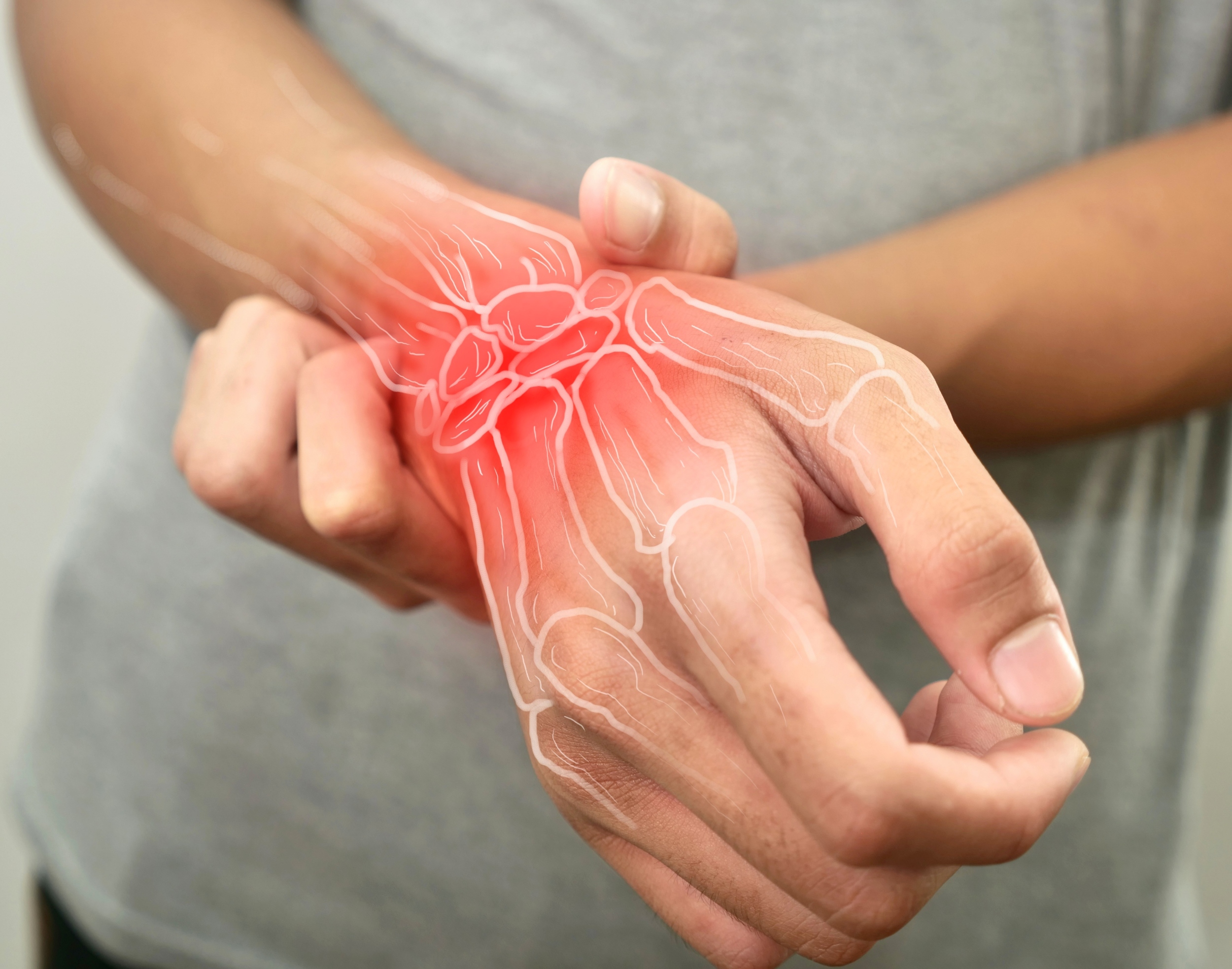The Food and Drug Administration (FDA) recently approved a neck implant for rheumatoid arthritis that stimulates the vagus nerve. Therapy is automatic and lasts one minute per day, and the implant’s battery is rated for at least 10 years.
The vagus nerve, the long nerve pair that links the brain to organs and senses body state, carries signals that can dial down immune activity.
This approach is called “neuroimmune modulation,” using gentle electrical pulses to change immune signaling. The effect includes lowered levels of inflammatory cytokines in the bloodstream.
Dr. John Tesser from Arizona Arthritis & Rheumatology Associates (AARA) led the clinical study across U.S. sites, focusing on adults whose disease persisted despite advanced drugs.
Understanding the vagus nerve
The vagus nerve is one of the most important nerves in your body – it’s like a communication highway between your brain and many of your internal organs.
It runs from the brainstem, down through your neck and chest, all the way to your abdomen. Along the way, it connects to your heart, lungs, and digestive system.
Because of this, it plays a major role in controlling things you don’t consciously think about, like your heartbeat, breathing, and how your stomach digests food.
When your brain sends signals through the vagus nerve, it can slow your heart rate, calm your breathing, and even help your body relax after stress.
Most importantly, the vagus nerve links your body and mind. It’s a key part of the parasympathetic nervous system – the “rest and digest” system that helps you recover after excitement or danger.
When the vagus nerve is active, your body shifts into a calmer state, lowering blood pressure and improving digestion.
Testing the implant for arthritis
The pivotal, randomized study enrolled 242 adults with active rheumatoid arthritis. Overall, 35.2 percent achieved at least 20 percent improvement by standard criteria at 12 weeks versus 24.2 percent of controls.
Investigators kept background care stable, then evaluated joint counts, function, and disease activity with validated measures over time.
The study population had longstanding disease and prior exposure to multiple advanced therapies, making any gain meaningful in daily life.
Who might benefit first
The therapy is intended for adults with moderate to severe rheumatoid arthritis (RA) whose disease did not respond to biologics or targeted synthetic drugs.
Kevin Tracey, president and CEO of the Feinstein Institutes for Medical Research (FIMR), noted that using a safe computer chip instead of expensive, minimally effective drugs with severe side effects should be an attractive option for many patients.
For people who cannot take immunosuppressive drugs due to infections or other risks, a device that does not blunt the entire immune system may offer another path.
Clinicians will still match patients to therapy based on disease activity, prior responses, and personal priorities.
Practical details and cautions
The implant delivers one minute of stimulation every day and is recharged weekly for a few minutes.
Contraindications include prior removal of the vagus nerve or spleen, inability to undergo safe anesthesia, the presence of a pacemaker or defibrillator, or a neck size that prevents safe charger use.
As with any surgery, there are risks to the procedure, and vocal changes like temporary hoarseness can occur when operating near the nerve.
Follow-up visits confirm programming, battery health, and fit of the home charger ring.
What this could change in clinics
Rheumatology has leaned on biologics and targeted drugs for two decades, but not everyone responds and some cannot tolerate side effects.
A nerve-based option reframes part of care, using signals to calm inflammation at its source rather than broadly suppressing immunity.
Evidence from the clinical trial adds a device to the toolbox, especially for people who have already tried standard advanced drugs without lasting relief.
As clinics gain experience, teams will refine referral patterns, track long term outcomes, and decide where this therapy best fits alongside medicines and physical therapy.
Why this works for arthritis
The inflammatory reflex, the brain to immune control loop that restrains cytokine surges, explains why stimulating the vagus nerve can reduce inflammation in joints and tissues.
Early laboratory work showed that electrical activation of the nerve can lower tumor necrosis factor and other cytokines that drive joint swelling and pain.
The therapy aims to restore balance rather than shut off immune defenses. That distinction matters for infections and vaccination planning – topics that patients and doctors will discuss during care.
Implant uses beyond arthritis
Researchers are exploring whether vagus nerve stimulation can help control other inflammatory conditions.
Clinical trials are underway for multiple sclerosis, an autoimmune disease that damages the protective myelin sheath around nerves, and inflammatory bowel disease (IBD), which causes chronic gut inflammation.
Preliminary evidence also links vagus nerve activity to better control of metabolic and neurodegenerative disorders such as Parkinson’s, diabetes, and Alzheimer’s disease.
Each shares a common biological thread: chronic inflammation that worsens symptoms or drives disease progression.
Vagus nerve implant questions remain
How big is the device, and how involved is upkeep? The implant is small, and upkeep is a short weekly charge session that keeps daily therapy automatic.
Will it replace medicines? Some people may reduce other drugs over time, but changes should follow objective measures and shared decisions.
Can I travel or pass airport security? Patients receive documentation and guidance, and the home charger has a carrying case for trips.
What if stimulation feels odd? Programming can be adjusted in-clinic to improve comfort without losing the anti-inflammatory effect.
The study is published in the journal Arthritis & Rheumatology.
—–
Like what you read? Subscribe to our newsletter for engaging articles, exclusive content, and the latest updates.
Check us out on EarthSnap, a free app brought to you by Eric Ralls and Earth.com.
—–
First Appeared on
Source link












